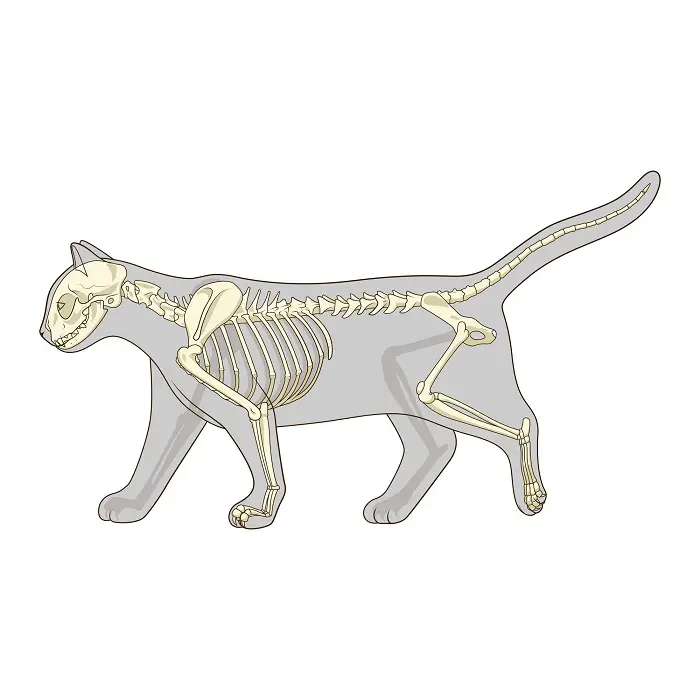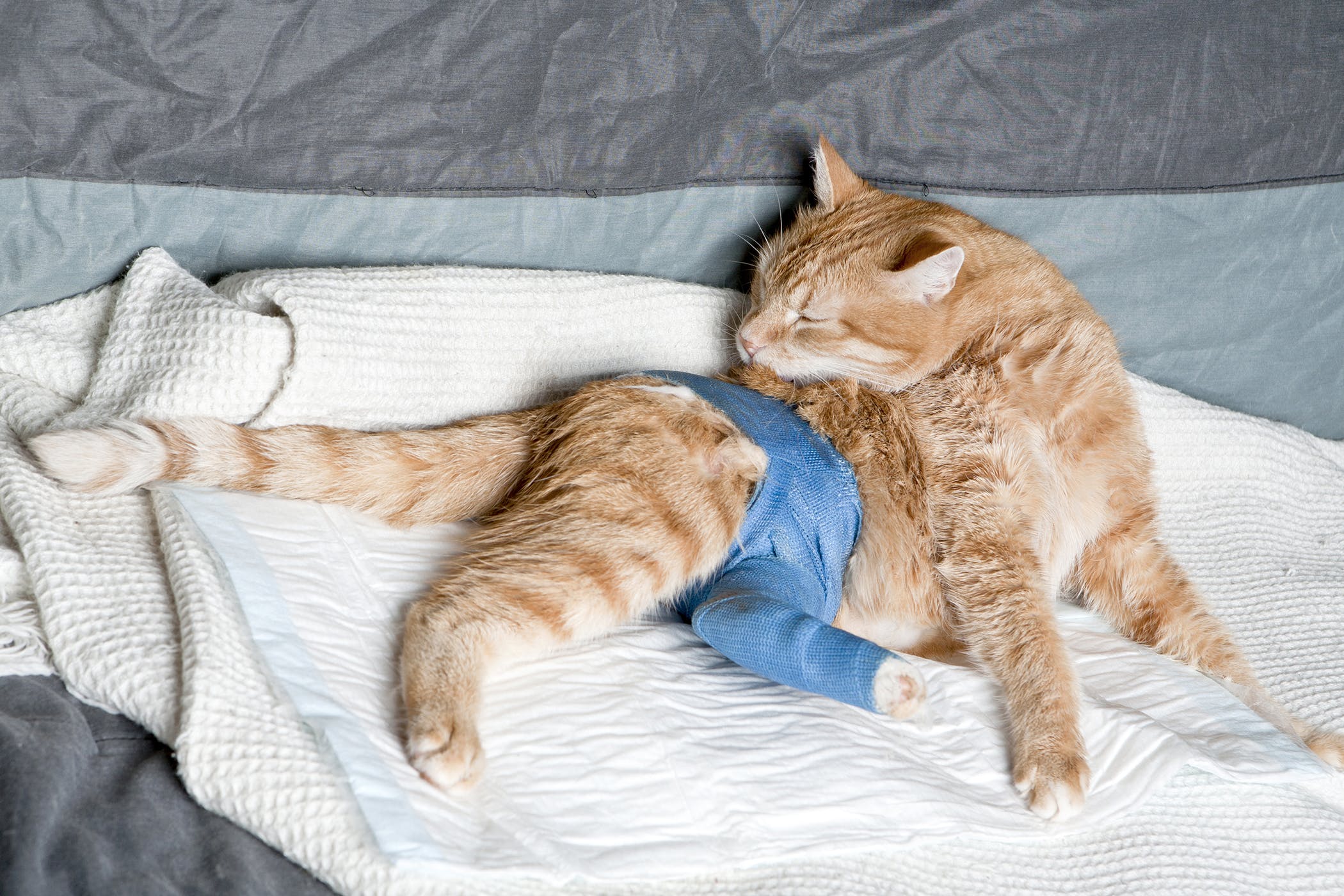Hip dysplasia in cats is a painful orthopedic disorder of certain breeds. Dysplasia is a Greek word that means ‘malformation .’Hip dysplasia is a common phenomenon in dogs and humans but is relatively rare in felines. As a cat owner, you should not overlook the situation and must take help from an expert veterinarian. It may be an orthopedic disorder of a giant dog breed whenever you hear hip dysplasia. But this condition may frequently happen in cats also.
Importance of Feline Hip Dysplasia
Hip dysplasia cannot develop a hip joint called malformation, which leads to deterioration and loss of function of the joints. The joint of the hip is the ball and socket joint. When there is abnormal development, dislocation of the joint occurs. The abnormal development of the hip joint involves genetic and environmental factors.
Causes of Hip Dysplasia in Cats
In most cases, the causes of hip dysplasia are genetic. The causes involved multiple gene factors.
- Arthritis from trauma.
- Obesity in cats or rapid weight gain.
- Nutritional imbalance.
- Presence of pelvic muscle mass.
Breeds of Cats Predispose to Hip Dysplasia
Following cat breeds are more predisposed to hip dysplasia:
- Main coon.
- Persian
- Himalayan.
Clinical Signs of Hip Dysplasia in Cats
Some feline breeds do not show any clinical signs and hide their pain. The clinical signs of hip dysplasia in cats are as follows:
- Limping of legs.
- Difficult to walk.
- Avoiding physical activities.
- Pain on touch at the hip area.
- Continuous licking at the hip area.
- Difficult in moving and getting up.
- Reluctance to use litter box suddenly.
- Exercise intolerance.
- Muscle loss in rear limbs.
Diagnosis of Feline Hip Joint Dysplasia
The condition can be diagnosed in the following ways:
- Specific clinical signs.
- Physical examination
- Radiographic examination (X-ray).
- Examination of gait and movement of cats.
- Analysis of blood chemicals.
- Urine analysis.
- Complete blood count.
Treatment of Hip Dysplasia in Cats
The treatment of hip dysplasia involves reducing pain, managing the conditions, and surgical removal or correction of hip joints.
- Non-steroidal Anti-inflammatory drugs (NSAIDs).
- If the causes of hip dysplasia are infectious, give antibiotics.
- Antihistamines drugs.
- In an extreme case, surgical removal of the deformed head of the femur.
- In rare cases, your vet may suggest total hip replacement through surgery.
Prevention of Feline Hip Joint Dysplasia
Feline hip dysplasia can be prevented by taking adequate care and feeding management. The measure you can follow for your lovely cats:
- Regular physical exercise.
- Give a balanced diet to cats.
- Maintain healthy body weight.
- Limit the jumping by kittens.
- Care about accidents and wounds.
- Arrange a safe place to exercise your cats.
Concluding Remarks on Feline Hip Dysplasia
Hip dysplasia is not a common condition in cats. The disease may occur after a traumatic wound or overweight cats. You can prevent the condition by following the measures I mentioned in my article. This article will help you to maintain a healthy and active cat.


